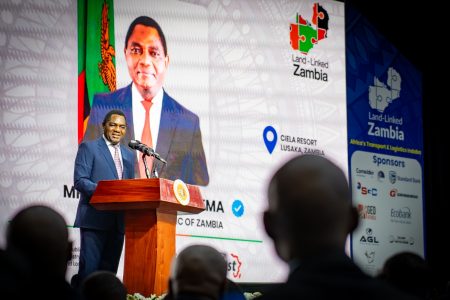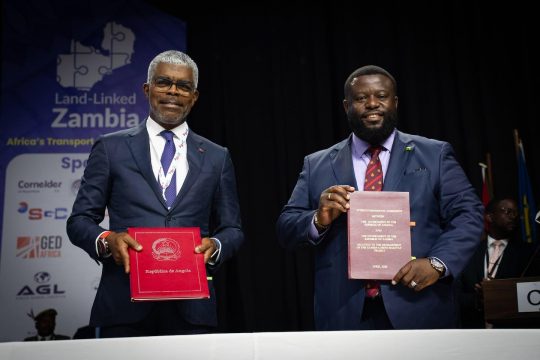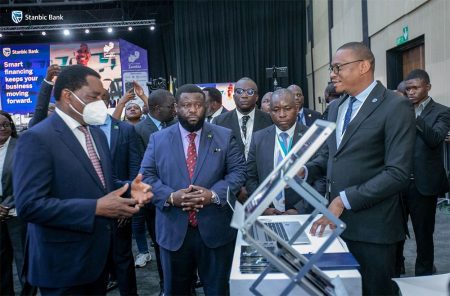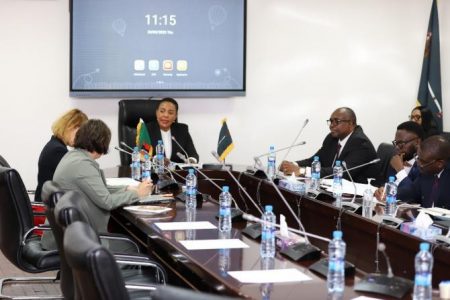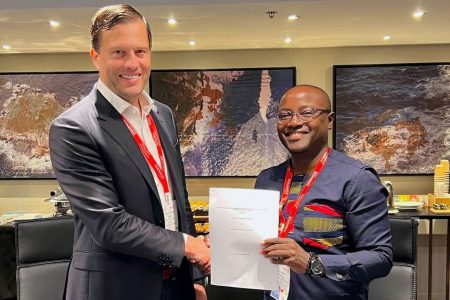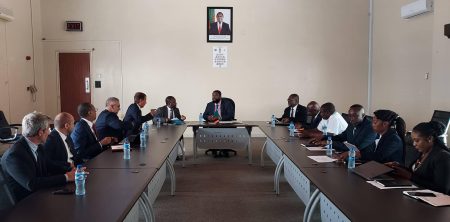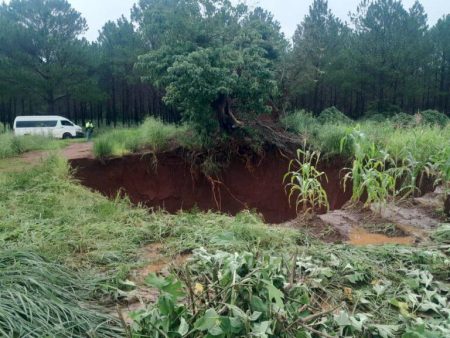The European Union has reaffirmed its commitment to revitalising Zambia Railways and its supporting infrastructure, emphasising that such efforts will enhance trade flows, stimulate industrial growth, attract investment, and create employment opportunities across the value chain.

Henrik Hololei, Hors Classe Advisor for DG International Partnerships at the European Commission, highlighted that strong infrastructure is essential for fostering the right economic and operational environment for growth.
Speaking at the Land-Linked Zambia 2025 conference, Hololei noted that infrastructure development involves not only upgrading railway systems but also modernising border facilities by streamlining customs procedures for the smooth movement of goods and people.
He emphasised the importance of establishing economic zones, including industrial parks and logistics centres, along with inland ports and trade hubs. Additionally, investing in human capital to empower the workforce is key to meeting the demands of a dynamic economic landscape.
Hololei pointed out that Zambia also has untapped potential in developing air connectivity for both passengers and cargo. However, he stressed that transport corridors are more than just physical infrastructure; they represent investments in the shared future of Zambia and the EU.
He underscored that transport corridors are crucial for enhancing local value addition in Zambia and across Africa as part of the broader vision for a modern, economically integrated transport system. According to Hololei, corridors enable the seamless movement of goods and people and should be approached as multi-dimensional systems.
The EU’s vision for these corridors prioritises sustainability, smart technologies, and innovation. This includes incorporating digital solutions to reduce transit times, operational costs, and environmental impacts.
Hololei also emphasised the importance of inclusivity in corridor development. Investments should foster economic opportunities for all communities, create jobs, improve skills, and support local economies.
Security is another key aspect, he said, noting that as critical conduits of commerce, transport corridors must ensure the safety of cargo and personnel. Robust systems and international collaboration are essential to safeguard against disruptions, whether from cyber threats, geopolitical tensions, or crime.
Integrated transport networks, combining rail, road, air, sea, and river transport with digital technologies, can unlock new efficiencies and build resilient supply chains. Hololei warned that border crossings should not become bottlenecks that hinder the value chain, stating it is in everyone’s interest to ensure trade flows remain efficient and Africa becomes more interconnected.
Zambia’s strategic location, bordered by eight countries – or nine, if the shared water boundary with Burundi via Lake Tanganyika is included – positions it uniquely to transform from a landlocked to a “land-linked” nation, serving as a vital nexus for trade and transit in the region.
Hololei urged Zambia to focus on corridors that maximise added value and unlock future opportunities. He highlighted the Lobito Corridor, stretching from the port of Lobito on Angola’s Atlantic coast through southern Democratic Republic of Congo into Zambia, as a beacon of regional cooperation and economic promise. He noted that it offers a strategic, diversified, and efficient route to global markets.
Similarly, he pointed to the North-South Corridor as a transformational opportunity for the SADC region. Spanning from Lubumbashi to Durban, this route positions Zambia Railways as a central link in the regional network.
According to Hololei, the corridor is a vital step towards deeper regional integration, allowing southern African countries to trade more effectively with one another. With its strategic location, Zambia is well-positioned to become a regional logistics and distribution hub, serving as a bridge between Central and Southern Africa.


